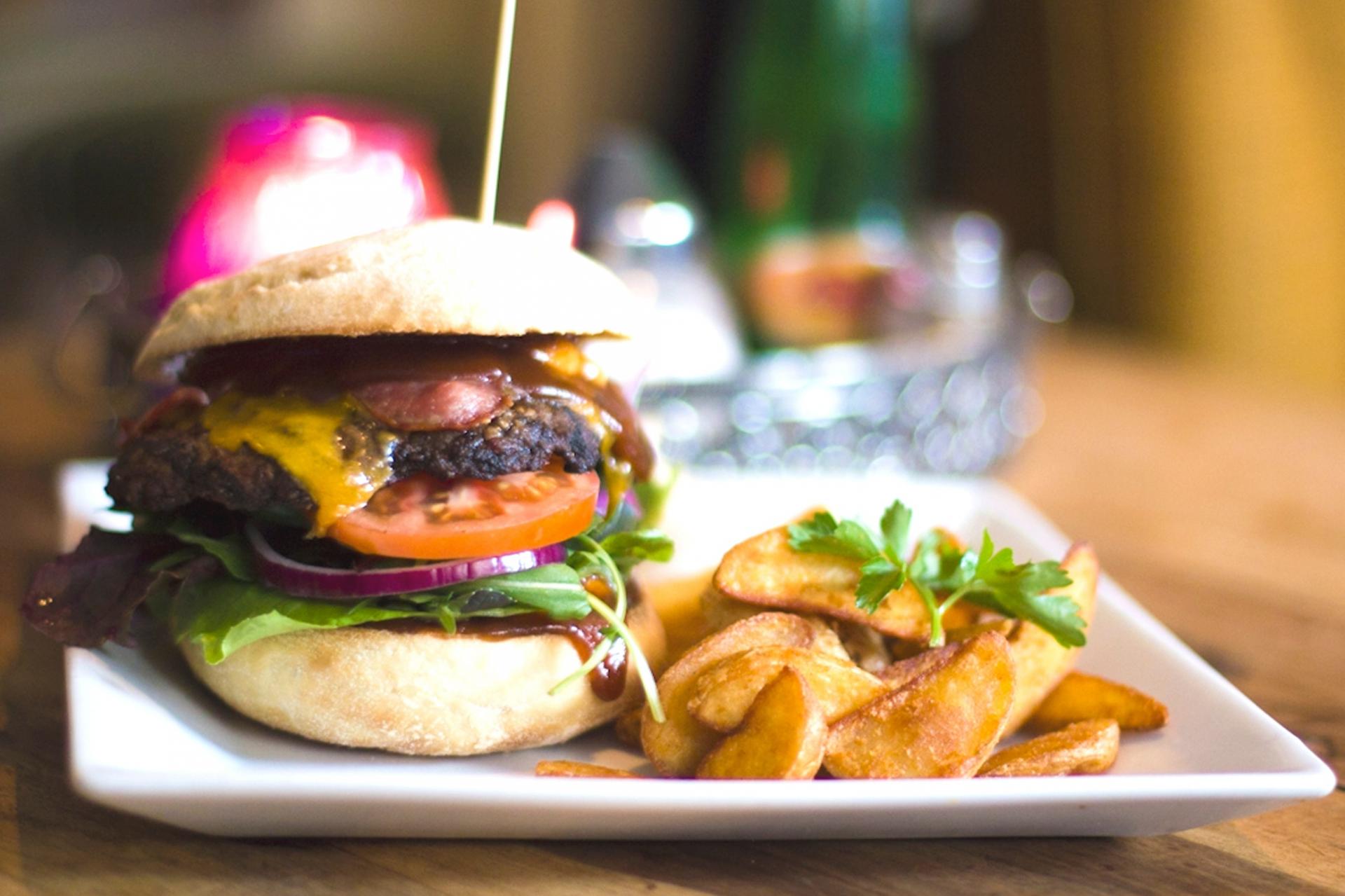Science Says All That Brunching Could Be Screwing With Your Hormones

Pexels
We love dining out as much as the next person, so you can imagine how disheartened we felt when we heard that this restaurant habit of ours could be exposing us to a bunch of hormone-disrupting chemicals.
According to a new study from researchers at George Washington University and the University of California, Berkeley, people who frequently eat at full-service restaurants, cafeteria-style buffets and fast food restaurants come into contact with more phthalates than your average person. And overexposure to this type of hazardous chemical, which is frequently used in the manufacturing of plastic and food packaging products, could pose real health risks.
For the study, the researchers analyzed National Health and Nutrition Examination Survey (NHANES) data from more than 10,000 people in the United States above the age of 6. The data combined comprehensive interviews and physical check-ups from 2005 to 2014. It included everything from food diaries to urine samples. (The urine samples made phthalate measurement possible.)
The results? Those who reported eating out more often had phthalate levels that were 35 percent higher than those who bought most of their food ingredients at the grocery store and prepped their meals themselves. This association was significant in all age groups studied, but it was especially strong among teens. And the foods that were most closely linked to these high levels included cheeseburgers and sandwiches.

Pexels
In our world, it’s pretty impossible to entirely avoid exposure to phthalates because they exist in so many things: cosmetics, children’s toys, medical devices and all sorts of food packaging. But when we come into contact with a lot of these chemicals, the organs and glands in our bodies that are responsible for making the hormones androgen and testosterone stop functioning properly, leading to potentially problematic hormone disruption (not to mention the side effects that come with it). That’s also why developing teens and pregnant women are the most at risk when it comes to phthalate exposure — they’re still developing or growing another human being entirely, which requires an important hormone balance.
This study is the first of its kind to compare phthalate exposure in people who primarily eat outside of the home and people who cook their food themselves. And it’s certainly making meal prep lot a lot sexier, isn’t it?
Our advice: Save your health — and your wallet — by dining a la casa.











